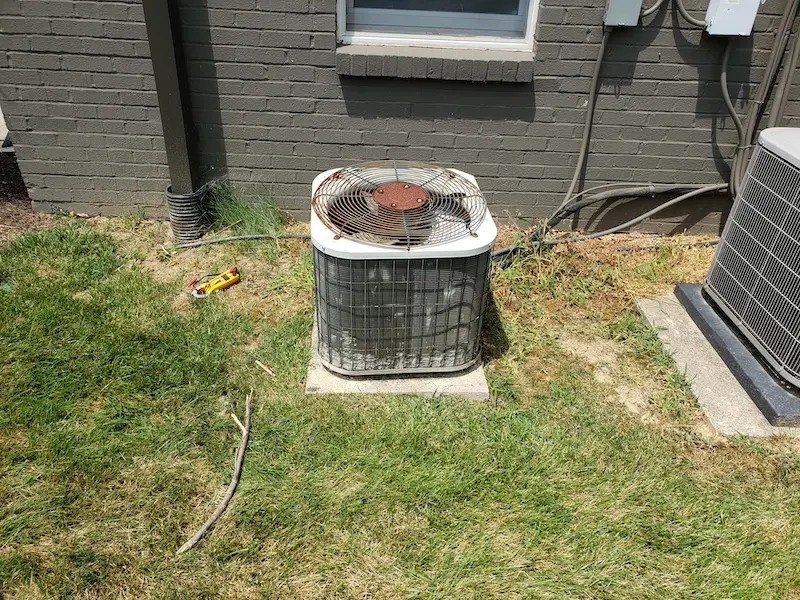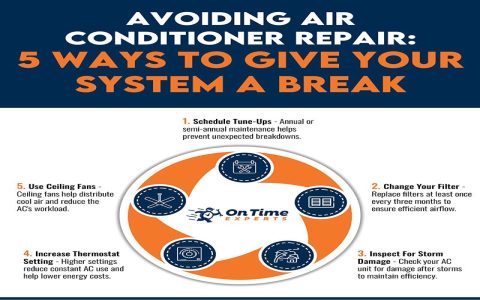The most common reasons why your AC outside unit is not coming on can often be diagnosed with a few simple checks.
Possible Causes and Solutions:
- Power Supply Issues:
- Check the breaker: Ensure the circuit breaker for the AC unit hasn't tripped. Reset it if necessary.
- Inspect the disconnect switch: Make sure the outdoor disconnect switch (usually a gray box near the unit) is in the "ON" position.
- Thermostat Problems:
- Check thermostat settings: Verify the thermostat is set to "Cool" and the temperature is set lower than the current room temperature.
- Thermostat batteries: Replace the batteries in your thermostat to rule out power issues.
- Condenser Fan Motor Issues:
- Inspect the fan blades: Check for obstructions preventing the fan from spinning freely (e.g., debris, leaves).
- Listen for humming: A humming sound without the fan running indicates a potential motor issue.
- Capacitor Failure:
- Capacitor Function: The capacitor helps start and run the fan motor and compressor. A failing capacitor is a common cause of AC unit failure.
- Signs of Failure: Bulging or leaking capacitors indicate they need replacing.
- Compressor Problems:
- Overheating: The compressor may have overheated and shut down. Give it time to cool down, then try again.
- Hard Start Kit: If the compressor struggles to start, consider installing a hard start kit.
Safety First: Always turn off the power to the AC unit at the breaker before inspecting or attempting any repairs.
When to Call a Professional: If you've checked these common issues and the unit still isn't working, it's best to call a qualified HVAC technician. Compressor issues or refrigerant leaks require specialized tools and expertise.











